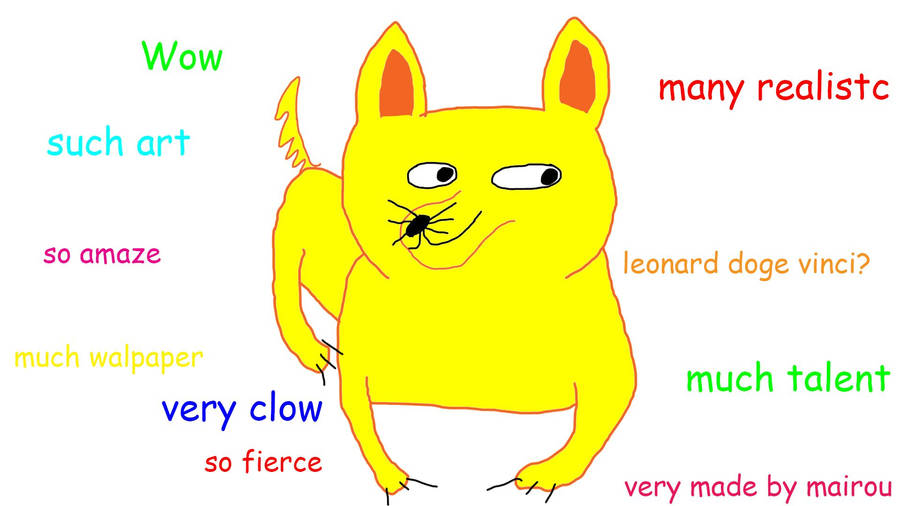Some of the confusion is that only Polyfiber (stits) sells both the fabric and the coatings. Ceconite sells fabric and their STC specifies which coating to use (indeed it is the Randolph non-tautening butyrate dope). Airtech makes coatings that are approved for polyester (Dacron) fabric, but they don't make fabric.
Agreed, you have to follow the recommendations for the products you're using. On homebuilt you can ignore it at your own peril, on certificate fabric aircraft, these products have recommendations you are obliged to follow.
'There are some basic truths that those who started with cotton or linen coverings need to unlearn. Polyester (Dacron) can't be dope tautened. It's always done with heat (which is why you have to use a non-tautening dope on Ceconite). Further, finishes don't "wet" polyester. Your base coats as well as what you're using for adhesive has to be picked with that in mind (again following the manufacturer's recommendations is the best). And god help you, don't glue things with dope. Steve WIttman learned that one with his life. While the major problem with cotton was keeping WATER off it, that's not a problem so much with polyester. The issue with polyester is keeping UV off it. You need to choose your coatings to preserve this. You can either have a lot of blocking solids in your coatings or you can do what PolyFiber does and start with a UV blocking layer.
Also note that some of these coatings (notably polybrush) aren't compatible with bare metal or plain ZnCrO primers. You need to be using a two-part epoxy on any metal the stuff is going to touch.
Finally, punch testing is of little use to evaluate polyester fabrics. You have to assume that anytime the finish has become compromised that the fabric has as well. As long as your finish is in good shape, the fabric should be.
Anyhow, if the finish is coming off in sheets and exposing fabric, you're looking at a recover. If it's just coming off an underlying layer like polybrush, it's likely that the color coat was incompatible, and you can just repaint it with something legal.




